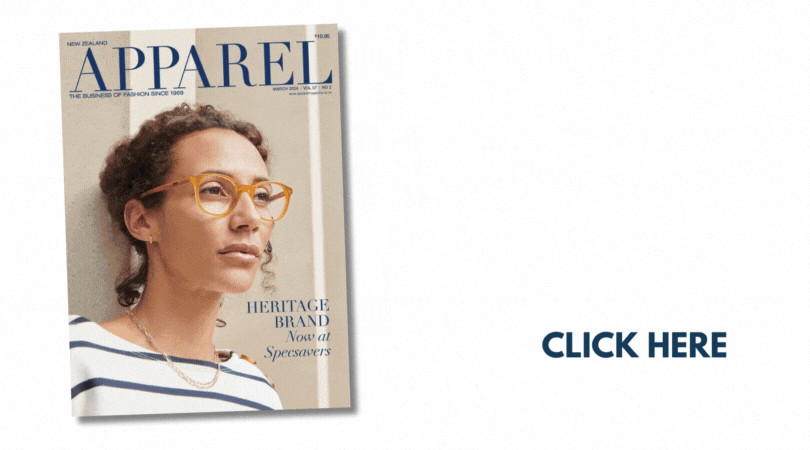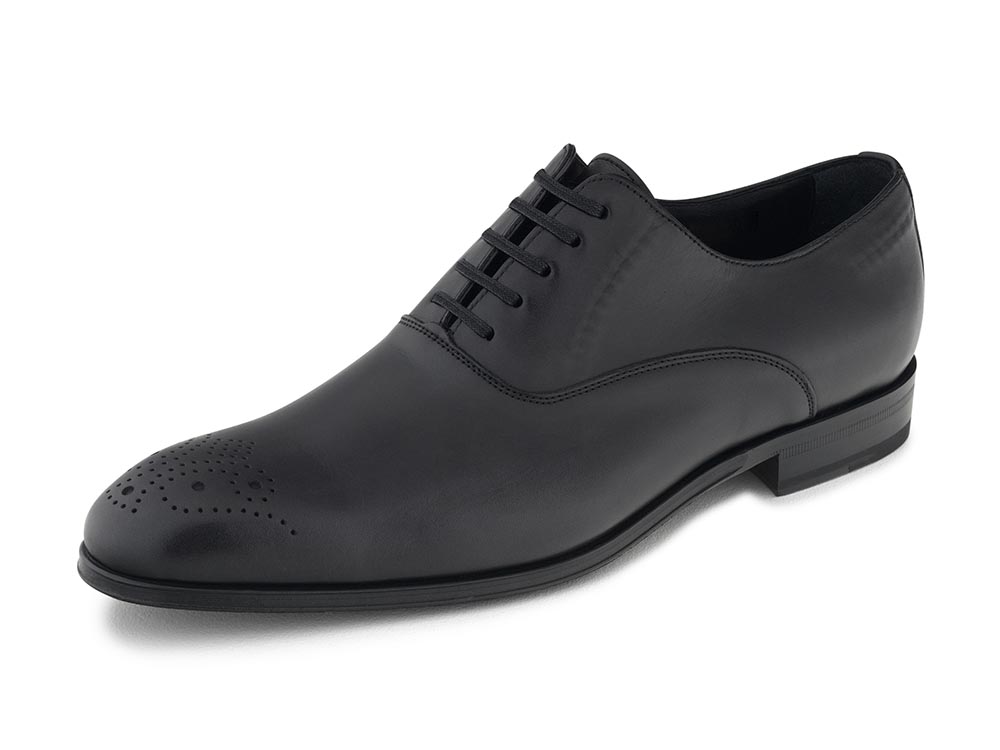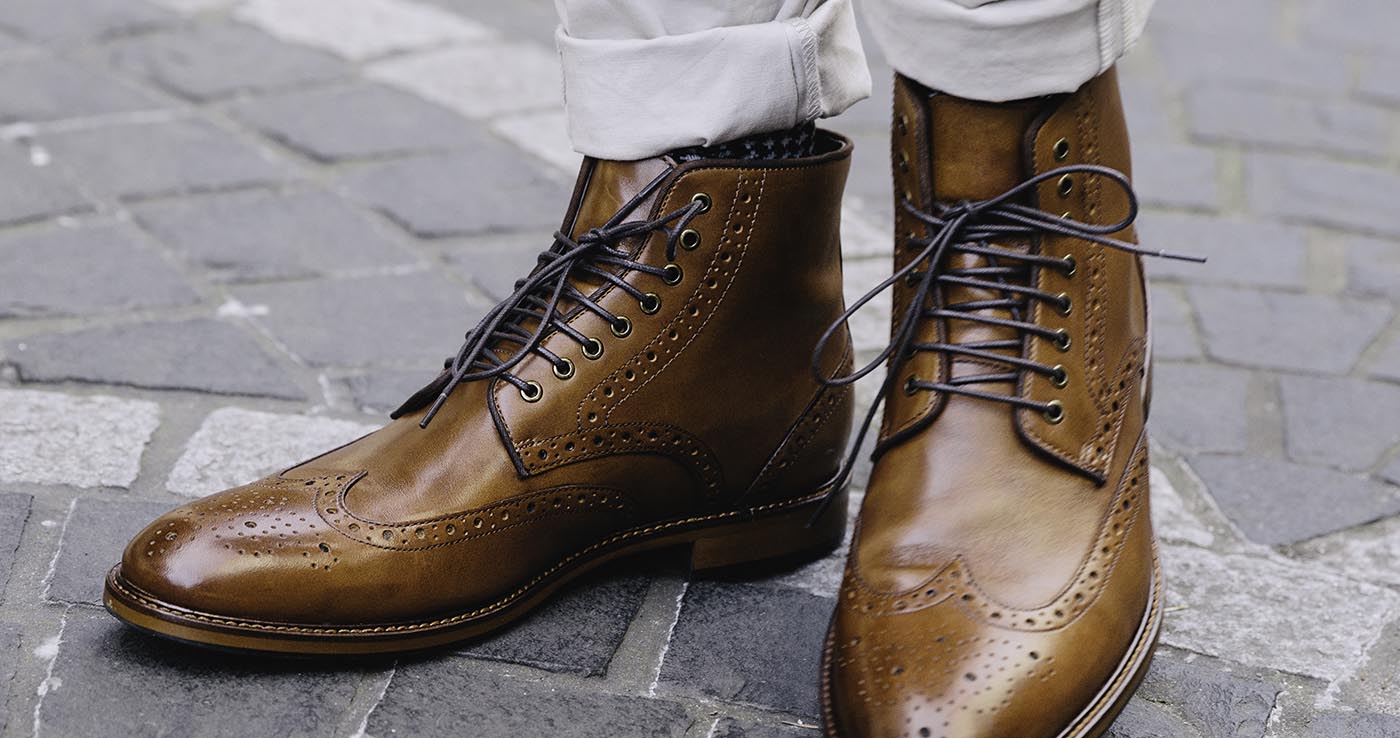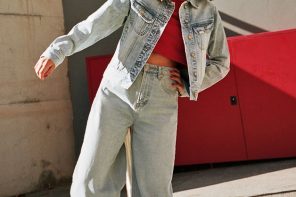Having originated in Ireland, the Brogue has transformed from an outdoor shoe designed to be worn through the bog to a semi-formal men’s footwear staple. The shoe draws its name from the Old Irish bróg, meaning “shoe”, which in turned was derivative of the Old Norse brók, meaning leg covering. The Brogue is characterised by its distinct perforations and serration along the shoe’s visible edges, which historically served as a draining mechanism for any water that entered the shoe.
While there are no hard-and-fast rules around what customers are wearing with brogues, when considering combinations for a lookbook or in-store display, the same colour combinations for other footwear can still be applied. Navy pants are a great compliment to a pair of tan brogues, alongside a tan belt – although it does not need to be the exact same shade.
Retailers should be vigilant when buying in stock, making sure to buy in real leather options rather than the cheaper synthetic alternatives.
“Look for real leather linings and uppers wherever possible. Synthetic materials won’t react to heat and sweat, meaning they’re less likely to mould to your shape and less likely to be comfortable in the long run,” said Steffan Stafhill, founder of English footwear brand, Northern Cobbler.
While brogues can be found in the ranges of most men’s footwear designers, notable brands include Barkers, Working Style, and Merchant all of which have their unique take on what a brogue looks like and each including the signature perforation marks.
It is important to note, however, that not all brogues are the same. The brogue is further broken down into four closure styles, the Oxford shoe, the Derby shoe, Ghillies, and the Monk shoe, each with its own unique characteristics.









